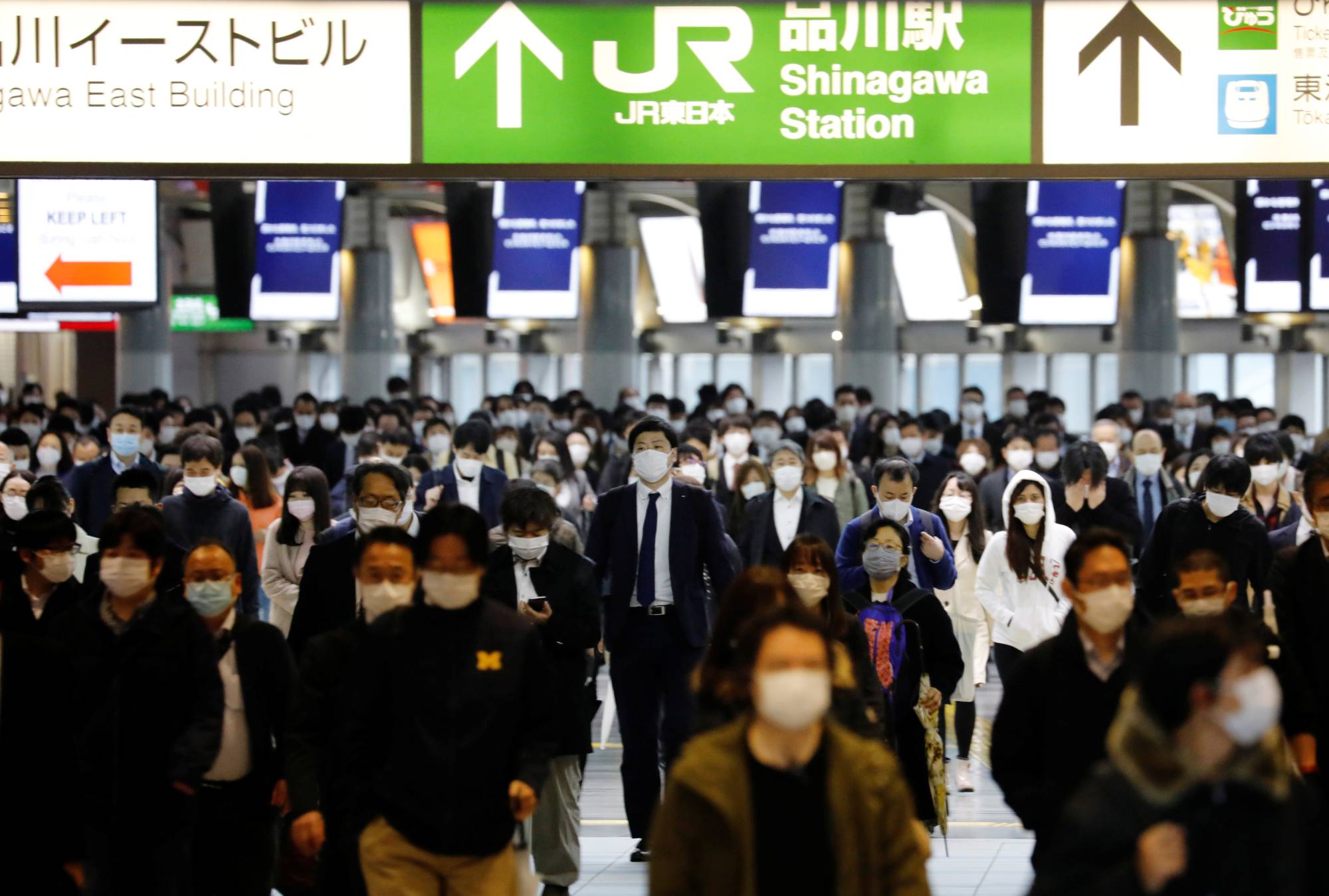The state of emergency declared more than two weeks ago to combat the rapid spread of COVID-19 infections in Tokyo and six other prefectures — urging people to stay home and shops to shutter or run on reduced hours — has since been expanded nationwide. But as infections continue to increase it remains far from clear when the contagion can be brought under control, much less whether the state of emergency will be lifted by early May as envisioned by the government.
What seems clear is that the nation is in for a long battle against the novel coronavirus. As we are forced to curb social and economic activities for an extended period to contain the infections, support must be provided for people who lose their jobs or suffer partial losses of income in the process. A uniform ¥100,000 payout to each individual — adopted last week after time-wasting policy flip-flops — is only the first step in a sustained effort to protect the most vulnerable people during this crisis.
In declaring the state of emergency on April 7, effective through May 6, Prime Minister Shinzo Abe called on people to cut human-to-human contact by at least 70 percent — and hopefully by 80 percent — so that the measure could be ended in a month. An 80 percent reduction in interactions, he said, would see the growth in infections peak within two weeks and then decrease. Behind the call was the accelerating pace of the domestic outbreak. While it took two months from the first confirmed case in mid-January for infections to reach 1,000, it only took about a month for the figure to top 10,000.


















With your current subscription plan you can comment on stories. However, before writing your first comment, please create a display name in the Profile section of your subscriber account page.